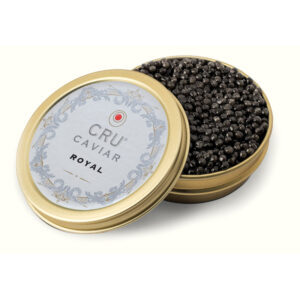Projected to seize a market size of US$29.2 billion by 2025, lab-grown diamonds are here to stay. Here’s they are created.

The lab-grown diamond industry has continued to grow steadily over the past decade, due largely to advances in technology and an increase in the number of entrants involved in their manufacture. The market value of these gemstones is forecast to be US$29.2 billion by 2025.
The damage to the environment wreaked by diamond mining (in addition to its association with unethical practices such as child labour and the financing of terrorism) has caused many consumers to think twice about purchasing this natural gem. You can find out more about how to sell diamond ring by visiting this site.
The recognition of lab diamonds as an ethical and affordable alternative to mined diamonds has contributed greatly to their rise in popularity with consumers begging the question of whether lab-grown diamonds could be the future of luxury jewellery. Unlike less expensive diamond alternatives, such as cubic zirconia and moissanite, lab diamonds display the same fire, scintillation, and brilliance as mined diamonds and do not lose their colour or fade with time.
Lab-created diamonds also share the same physical properties and chemical composition as naturally sourced diamonds making them virtually identical to each other. This article will explore the origins of these synthetic stones and discuss some of the benefits of purchasing them.
How Are Lab Diamonds Made?
The two main methods for creating diamonds are the HPHT (high-pressure high temperature) method and CVD (chemical vapour deposition).
- The HPHT Method: This process involves replicating the conditions found inside the Earth where natural diamonds are formed. It uses high temperatures (around 1,500-2,000°C) and high pressure (around 5-6 GPa) to convert a small seed of diamond into a larger diamond crystal.
The entire process typically takes several weeks to a few months and the result is a diamond that is virtually indistinguishable from a natural diamond in terms of its physical and chemical properties. HPHT-created diamonds can be used to make jewellery and also have many industrial applications.
- The CVD Method: This CVD method of creating diamonds involves a process called chemical vapour deposition in which a thin layer of carbon atoms is deposited onto a substrate, such as a piece of metal or another diamond. The carbon atoms then arrange themselves into a diamond crystal structure as the substrate is heated to a high temperature (around 800 to 1,000°C).
The process can take several days to a few weeks, resulting in a diamond that is also virtually identical, in terms of its physical and chemical properties, to a natural diamond. CVD-created diamonds, like natural diamonds, are also used in jewellery and in industrial applications.
In addition to their use in jewellery making, lab-created diamonds have a wide range of applications due to their durability, strength, and thermal conductivity. Some of the most common applications include quantum computing, in electronic devices, such as computer processors and LEDs, and industrial applications, such as drilling, cutting, polishing and grinding.
Lab-created diamonds are continuing to gain popularity as an alternative to natural diamonds, due to their ethical, eco-friendly, and financial benefits and the similarities in their characteristics. These attributes, in addition to the ability to produce them in large quantities, make lab diamonds a strong competitor to their natural counterparts.
For more jewellery reads, click here.

